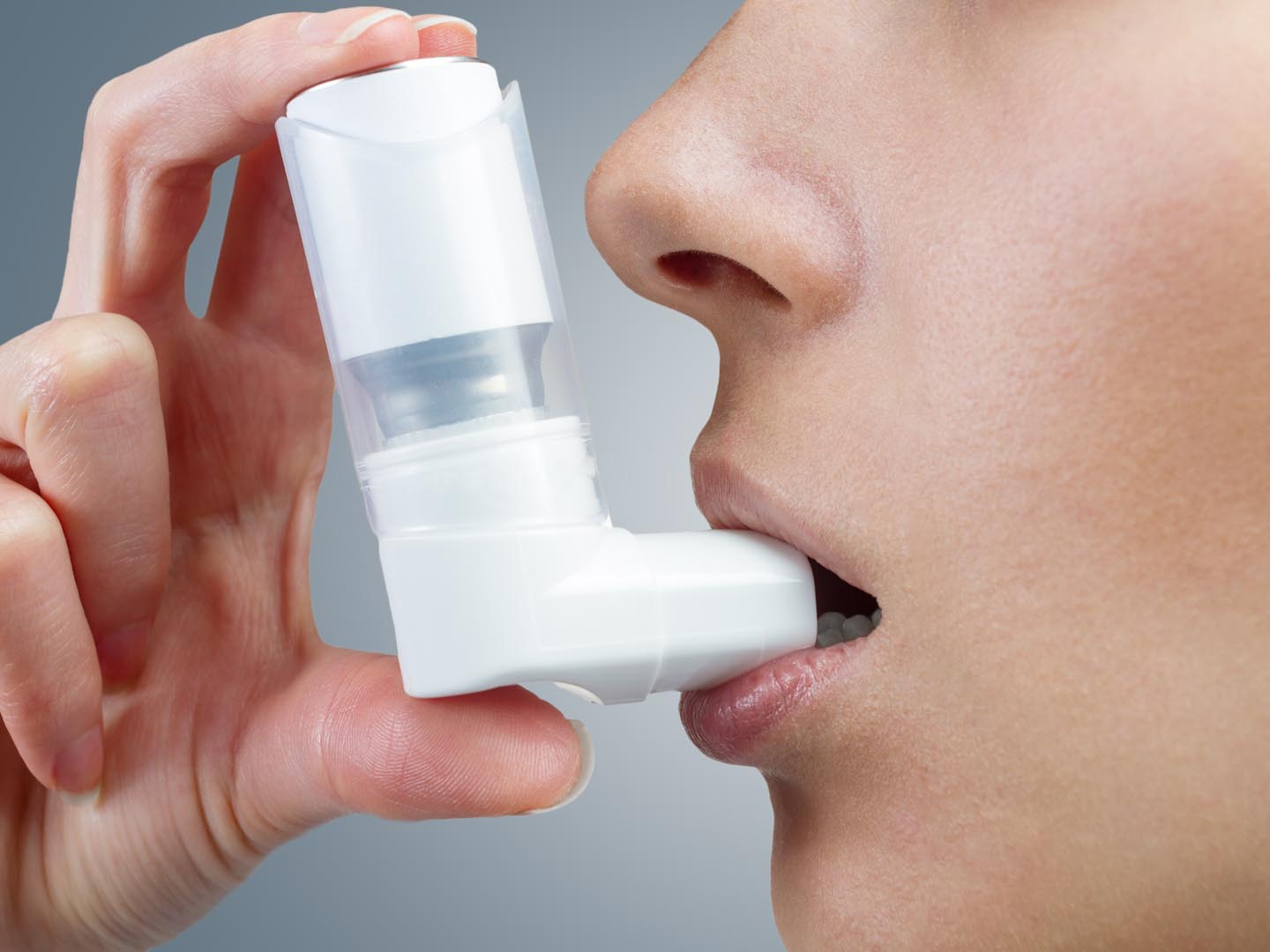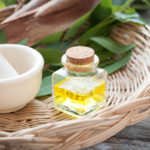Using A Salt Pipe For COPD?
What is your opinion of the salt pipe to help relieve symptoms of chronic obstructive pulmonary disease (COPD)? It is used in Europe and Canada with good results. I have had COPD for 18 years and get bad side effects from regular medications.
Andrew Weil, M.D. | August 4, 2009

COPD is a term that encompasses two closely related respiratory diseases that obstruct air flow, chronic bronchitis and emphysema. Most affected people have been heavy cigarette smokers, but nonsmokers can also develop COPD, sometimes from long-term exposures to dust, pollution, secondhand smoke, or toxic chemicals. Symptoms include coughs that produce large amounts of mucus, shortness of breath (especially with exertion), wheezing, and chest tightness. Over time, breathing becomes more and more difficult, limiting activity and mobility.
There is no cure for COPD, only medicines that alleviate symptoms. The most important thing you can do to avoid worsening of your condition, if you haven’t already, is to stop smoking.
The use of a salt pipe to treat symptoms of COPD and asthma originated in Central Europe, where affected individuals would go to salt caves or mines to help relieve their breathing problems. The pipes are inhaler-type devices containing tiny salt particles said to ease breathing. You will find them for sale on internet sites that offer many testimonials from users.
I was unable to find any scientific study of salt pipes in the medical literature so I checked with Norman Edelman, M.D., chief medical officer of the American Lung Association. He was familiar with the use of salt pipes and salt caves but confirmed my findings that there appears to be no scientific data that supports their use. That doesn’t mean that this therapy is worthless or harmful – just that we have no objective information about its efficacy. From what I’ve read, I believe salt pipes are safe.
Here are my recommendations for dealing with COPD:
- If you smoke – quit.
- Take my standard antioxidant regimen daily.
- Increase your intake of dietary sources of carotenoid pigments (carrots, sweet potatoes, yellow squash, and leafy green vegetables).
- Take a daily coenzyme Q10 supplement to improve the use of oxygen at the cellular level. Take 60 milligrams of the softgel form twice a day with a meal containing some fat.
- Try the Chinese medicinal mushroom cordyceps, which can be helpful for individuals weakened by chronic disease. Look for capsules of cordyceps extract and follow the dosage directions on the product label.
- If you’re overweight, your heart has to work harder, and you’re more likely to experience shortness of breath, so try to bring your weight down.
- Unless your doctor objects, try to drink three to four quarts of liquid per day to keep your mucus thin and easier to cough up.
- Learn breathing exercises to help ease stress and tension.
- With your doctor’s approval, do some exercise daily. Start slowly and increase your activity gradually. If you decide on walking for exercise, avoid areas where you might be exposed to additional pollution or lung irritants. Eventually, you may be able to do more vigorous exercise, including swimming, strength training, or low-impact aerobics.
Andrew Weil, M.D.









